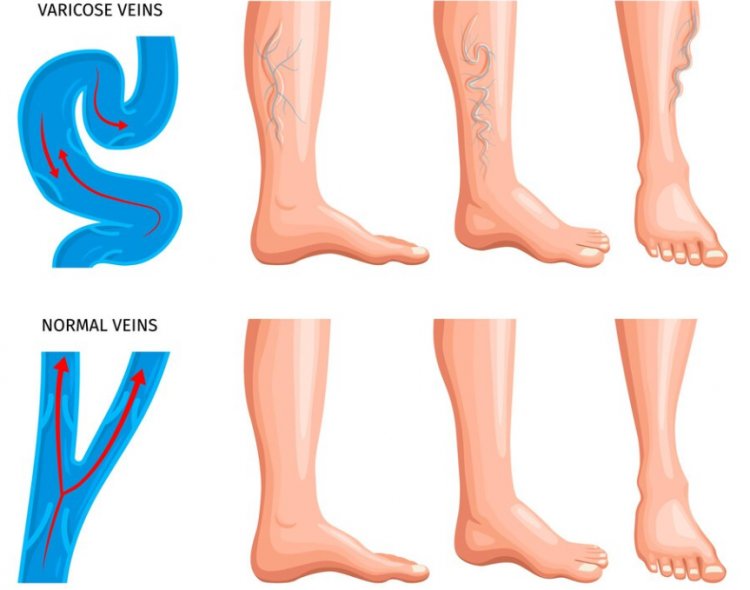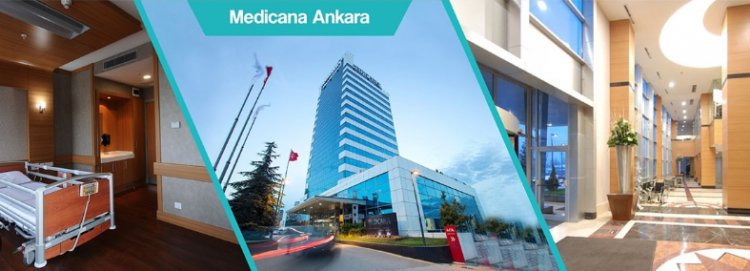Unveiling Varicose Veins: Risk Factors, Complications, and Prevention Strategies
Varicose veins are a common condition characterized by enlarged, twisted veins that typically appear blue or dark purple in color. While they most commonly occur in the legs and feet, varicose veins can develop in other parts of the body as well. This article aims to provide a comprehensive overview of varicose veins, including their causes, symptoms, risk factors, complications, diagnosis, and treatment options.

Causes of Varicose Veins
Varicose veins occur when the valves within the veins weaken or become damaged, causing blood to pool and veins to enlarge. Several factors can contribute to the development of varicose veins, including genetics, age, obesity, pregnancy, prolonged standing or sitting, and a sedentary lifestyle.
Symptoms of Varicose Veins
Common symptoms of varicose veins include:
- Visible, swollen, and twisted veins
- Aching or heaviness in the legs
- Throbbing or cramping in the legs
- Itching or burning sensations around the affected veins
- Discomfort worsened by prolonged standing or sitting
Risk Factors for Varicose Veins
Certain factors increase the risk of developing varicose veins, including:
- Family history of varicose veins
- Age (risk increases with age)
- Gender (women are more prone to varicose veins)
- Obesity or being overweight
- Pregnancy
- Lack of physical activity
- Occupation that involves prolonged standing or sitting
Complications of Varicose Veins
While varicose veins are often considered a cosmetic concern, they can lead to complications such as:
- Chronic venous insufficiency
- Ulcers or sores on the legs
- Blood clots (thrombophlebitis)
- Bleeding from ruptured veins
Diagnosis of Varicose Veins
Diagnosing varicose veins typically involves a physical examination and may include additional tests such as duplex ultrasound to assess blood flow and identify any underlying vein abnormalities.
Treatment Options for Varicose Veins
Treatment for varicose veins aims to relieve symptoms, prevent complications, and improve the appearance of the affected veins. Treatment options include:
- Lifestyle modifications (e.g., regular exercise, weight management, elevating legs)
- Compression stockings to improve circulation and reduce swelling
- Sclerotherapy or laser therapy to close off affected veins
- Endovenous thermal ablation to seal off varicose veins using heat energy
- Vein stripping or ligation for severe cases
In conclusion, varicose veins are a common condition that can cause discomfort and affect quality of life. While treatment options are available to manage symptoms and reduce the appearance of varicose veins, prevention through lifestyle modifications remains key, particularly for individuals with risk factors such as obesity or a family history of varicose veins. Consulting a healthcare professional is recommended for proper diagnosis and personalized treatment recommendations.
Clinics in the UK:
- The Whiteley Clinic - Varicose Vein Treatment Centre
- The VeinCare Centre - Vein Treatment Clinic
- The Private Clinic - Vascular Surgery Department
- The British Vein Institute - Venous Disorders Clinic
- The London Clinic - Vascular and Endovascular Surgery Department
Clinics in Turkey:
- Anadolu Medical Center - Vascular Surgery Unit
- Medicana International Istanbul - Vascular Surgery Department
- Memorial Hospital - Vascular Diseases Clinic
- Liv Hospital Ankara - Interventional Radiology and Vascular Surgery Department
- Florence Nightingale Hospital Istanbul - Vascular Surgery Clinic

Discover Coupoly's exclusive Medical Concierge Service, connecting you with renowned doctors and clinics, alongside our complimentary Travel Concierge Service, linking you with top UK travel agencies.
Contact us now to learn more.
Get in Touch
What's Your Reaction?





















